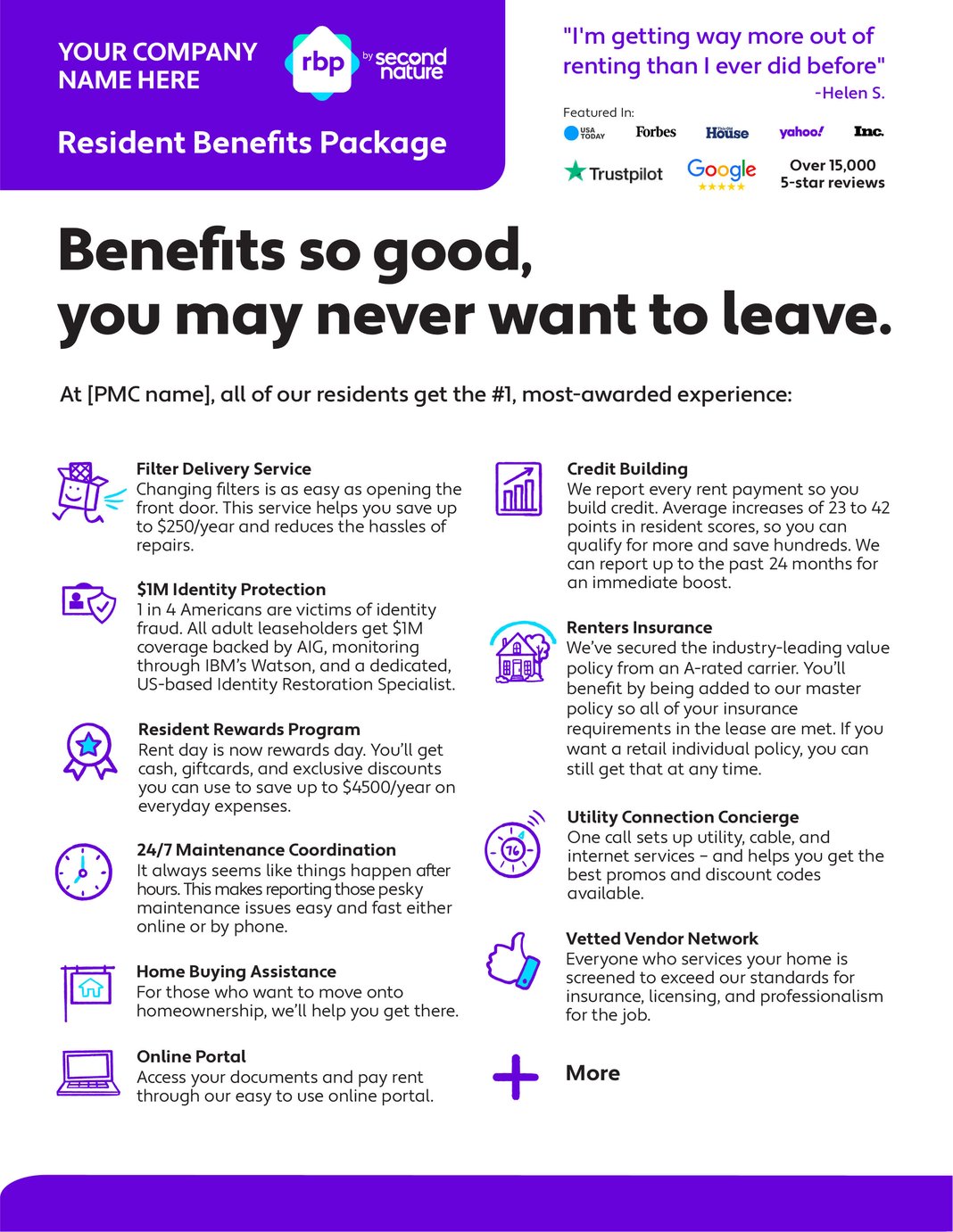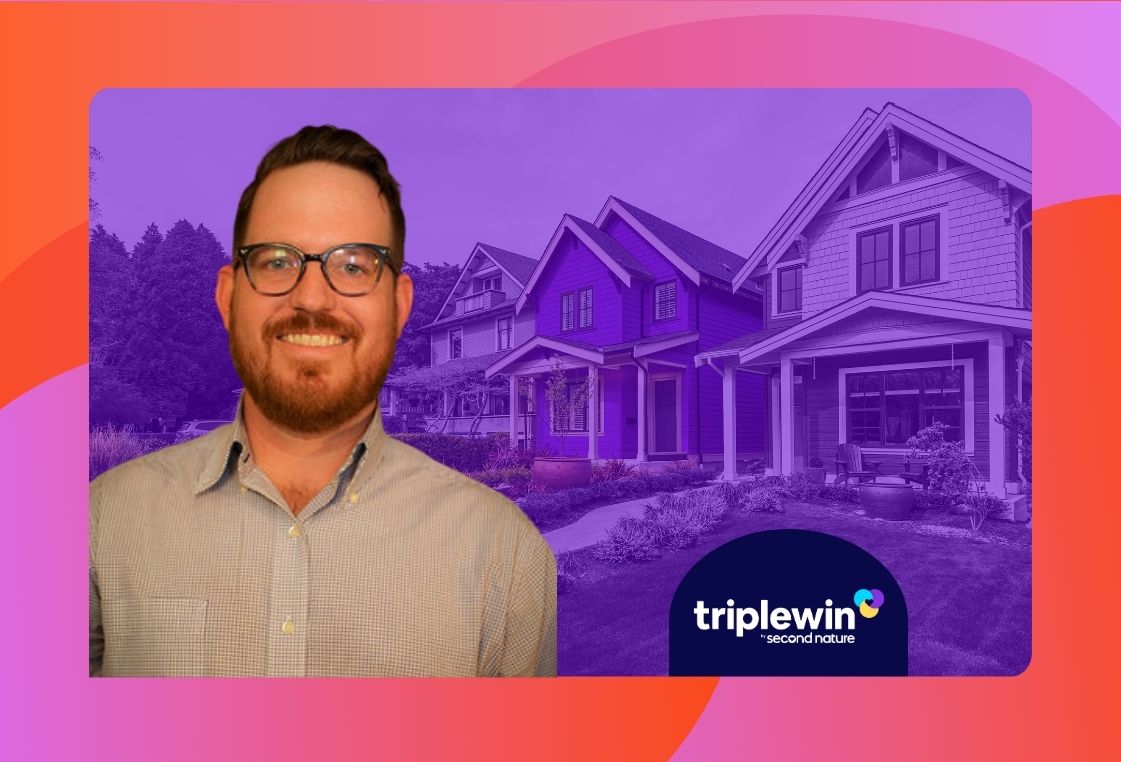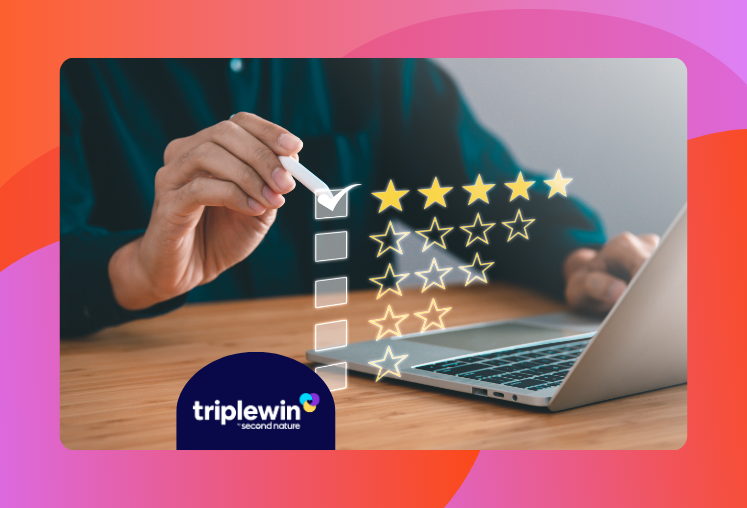Rollout is a high stress time for any new program, but it doesn't have to be.
One of the leading concerns for property managers any time they seek to roll out a new program is resident pushback. In the property manager/resident relationship, there’s a narrative that’s persisted for too long that the two parties are at odds with each other and playing some sort of zero sum game. Oftentimes, this is internalized by residents who have been exposed to said narrative or have had a bad experience themselves, and the natural inclination is to push back on any advances from their management team.
Related: State of Resident Experience Study
Having to battle this is one of the main concerns property managers have when it comes to introducing a resident benefits package. This includes Kyle Hendricks, Vice President of Hendricks Property Management in San Antonio, Texas.
“It was ours. For a couple years, we were like ‘I don’t know if that's going to work, you know?’ But it’s the same with a lot of programs that we’ve rolled out. Our fears are never really founded. The pushback is usually pretty minimal if at all, and it was the same here.”
Read more about why pushback on RBP is minimal
So how did Hendricks Property Management deliver such a seamless rollout? Well, it’s pretty simple actually. It’s all in the communication.
Hendricks was quick to note that open communication and transparency are big keys to minimizing pushback and easing the path to successful rollout. The actual logistical rollout of an RBP is handled by Second Nature, so there’s very little for the property management company to actually physically do, making acceptance and adoption by residents and investors their primary concern. Hendricks Property Management nailed this part with clear and concise communication.

Beyond the reality that most residents simply don’t object to a resident benefits package, clear and open communication is part of a great resident experience anyway and will certainly ease any fears you have about rollout, as well as any fears residents or investors might have. It's another part of delivering a triple win.
“Be ultra transparent and get it done in the beginning, just saying, we're not hiding anything. This is what you're being enrolled in. This is what it is. I think that helped the adoption rate a little bit. And if people did call in with questions, we were happy to answer them and talk to them about it. So ultimately, it was fine. But I don't think we did anything special. I think just making sure we had that transparency up front was crucial.”
A resident benefits package creates a triple win. Everyone benefits. The purpose of clear and open communication is to establish those benefits within the perception held by the resident and owner parties. They may not know much about this, they may have never heard of a resident benefits package, so you have the opportunity and responsibility to show them the value it creates for them and how you are committed to ensuring it remains a mutually beneficial undertaking.
Hendricks touched on how team buy-in has affected Hendricks Property Management’s ability to do this. “For me and anything that we adopt, we believe that if it's not something I can stand behind and competently tell a tenant or owner ‘this is good,’ then I'm probably not going to do it. I was easily able to do that with this program. So get your team on board. If they can't confidently tell a tenant or an owner, this is what it is, this is why, and this is how it benefits you and your tenant, then you're going to run into trouble because they can tell if it's kind of lackadaisical, if it's just this thing that the owner of the company wants to do. We try not to go ‘well it is what it is, so just deal with it.’ We try to explain in a positive way what the benefits are. So kind of getting that script together, you don't have to be like a robot or anything like that, but just have the main talking points available to your staff about what the benefits are.”
At the end of the day, ensuring a great rollout of your RBP with minimal friction isn't too hard. It's just about positioning the services as the mutually beneficial programs they are and always being up front and willing to communicate. From there, the sky is the limit with resident experience.
Topics:




